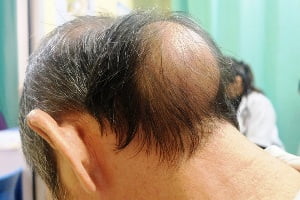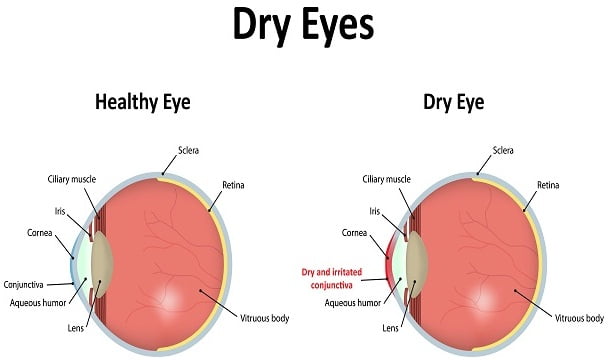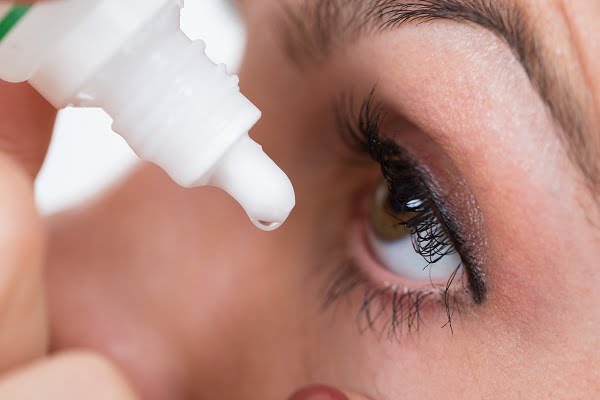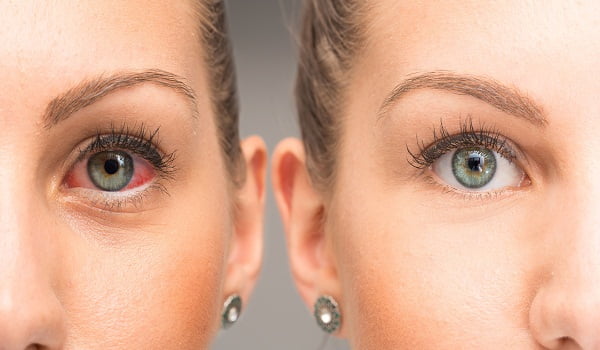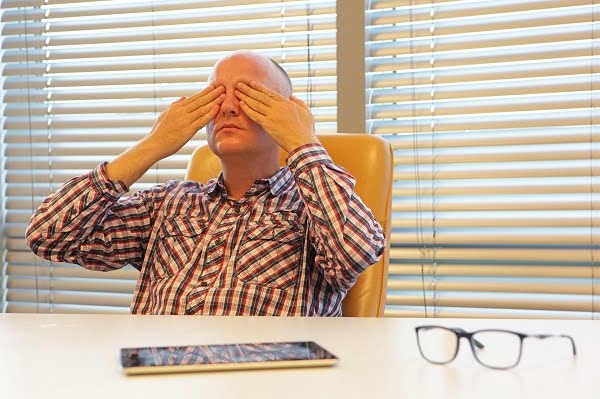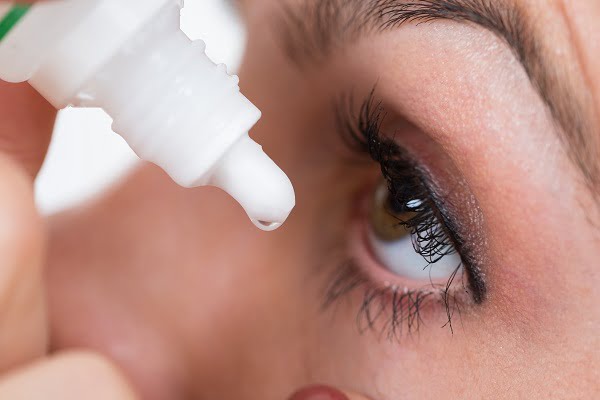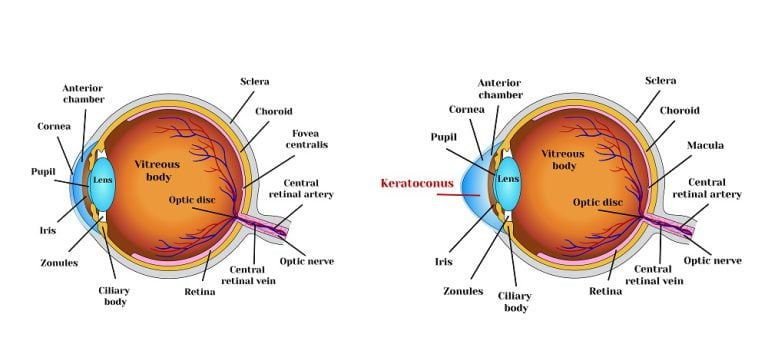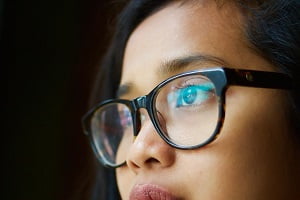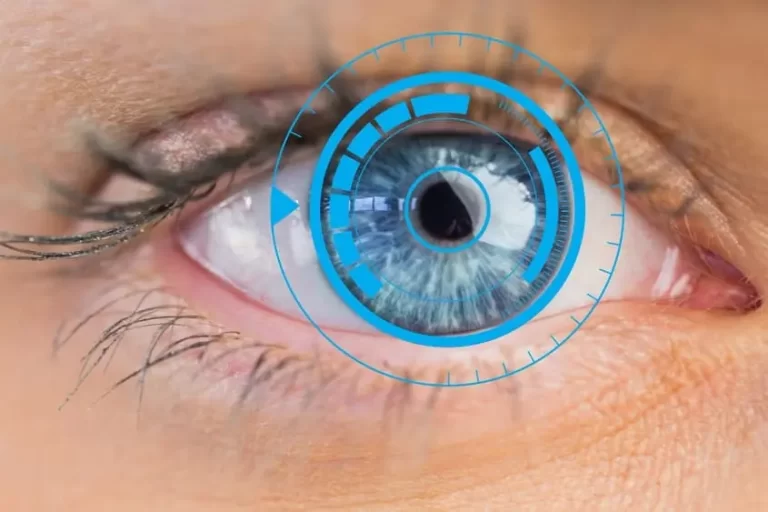Browsing: Eye Health

The page provides quick access to a list of common eye diseases, syndromes, health conditions, and other topics of health importance. The list is organized alphabetically. Links are provided to respective diseases sections that serve as a comprehensive and ultimate guide about the disease or health condition.
Eyes are the most complex and essential sensory organ of our body. Several parts of the eye work together to produce a clear vision. Most people suffer from various types of eye disorders such as age-related macular degeneration, cataract, diabetic eye disease, glaucoma, low vision and dry eye.
Visual impairment is a national and global health concern which creates a negative impact on the physical and mental health of an individual. These visually impaired people are at a high risk for chronic health conditions, accidents, social withdrawal, depression, and mortality.
Most people may experience an eye problem at some point in their life. Some of them may be minor conditions, which can be cured easily whereas others may require a specialist’s care. Eye disorders mostly occur in elderly people due to weakness of eye muscles or due to another medical condition such as diabetes, infections and brain or neuronal disorders.
It is ideal to undergo regular eye checkups, as many eye diseases do not show obvious symptoms. Early detection and treatment of eye problems could easily prevent vision loss.
Certain eye diseases which are quite prevalent worldwide include cataract, glaucoma, nearsightedness, farsightedness, astigmatism, diabetic retinopathy, dry eye syndrome, color blindness and conjunctivitis.
Dry eye is a common eye problem that occurs when your eyes do not produce enough quality tears or when the tears evaporate too quickly. The tears produced are inadequate and/or of poor quality. Dry eyes feel quite uncomfortable and can make it difficult to perform certain activities such as watching a TV or using a computer for extended time periods.
Treatment for Dry Eyes
No permanent cure exists for dry eye syndrome. Many medical treatments are available that aim to easy the symptoms and…
Your doctor will first do an eye examination. Generally, the eye exam provides enough inputs to confirm whether you have dry eyes. If the test results are uncertain, your doctor will order some other tests. Schirmer’s test is a common test for diagnosis of dry eyes that identifies volume of tears produced.
Dry eyes symptoms generally affect both the eyes. The symptoms tend to come and go. This is a chronic eye condition and usually gets worse over time. You may experience pain, stingy or burning sensation in eyes, and redness. Your eyes become tired when you are at computer or reading for a prolonged time.
Glaucoma is a group of eye disorder caused due to damage to the optic nerve fiber. This damage is caused…
Most cataract surgeries give successful results but in some cases, after a cataract surgery, the patient may start to face difficulties with his/her vision again. He or she may experience blurred vision, glares and other vision problems which are though uncommon after the surgery.
Photo-pigments in cones help in viewing all possible colors. Any defect in cones lead to color vision deficiency or color blindness. Quantitative tests such as Ishihara test, etc are mainly used to analyze color vision deficiency and color blindness.
Hypermetropia Correction
Hypermetropia correction is needed to remediate symptoms and to reduce the future risk of these visual problems. Hypermetropia can be corrected using optical correction, vision therapy, medical therapy, and refractive surgery. Read more about the measures to correct hypermetropia (farsightedness).
Cataracts are dense and cloudy areas that form in the eyes and lead to opacification of the eye lens. There are different types of cataracts based on their location and origin. Cataracts in the eyes are mostly formed in three basic areas of the natural eye lens: the center of the eye lens, the outer portion of the lens, and the back surface of the lens.
Corneal Topography Mapping
The cornea is a clear transparent portion in the eye. Its function is to help in the refraction process and therefore, for healthy vision a rounded cornea is needed. Corneal topography is a computerized mapping tool to determine the curvature of the cornea’s surface whether or not it is misshapen.

